Yoga For Stress Management
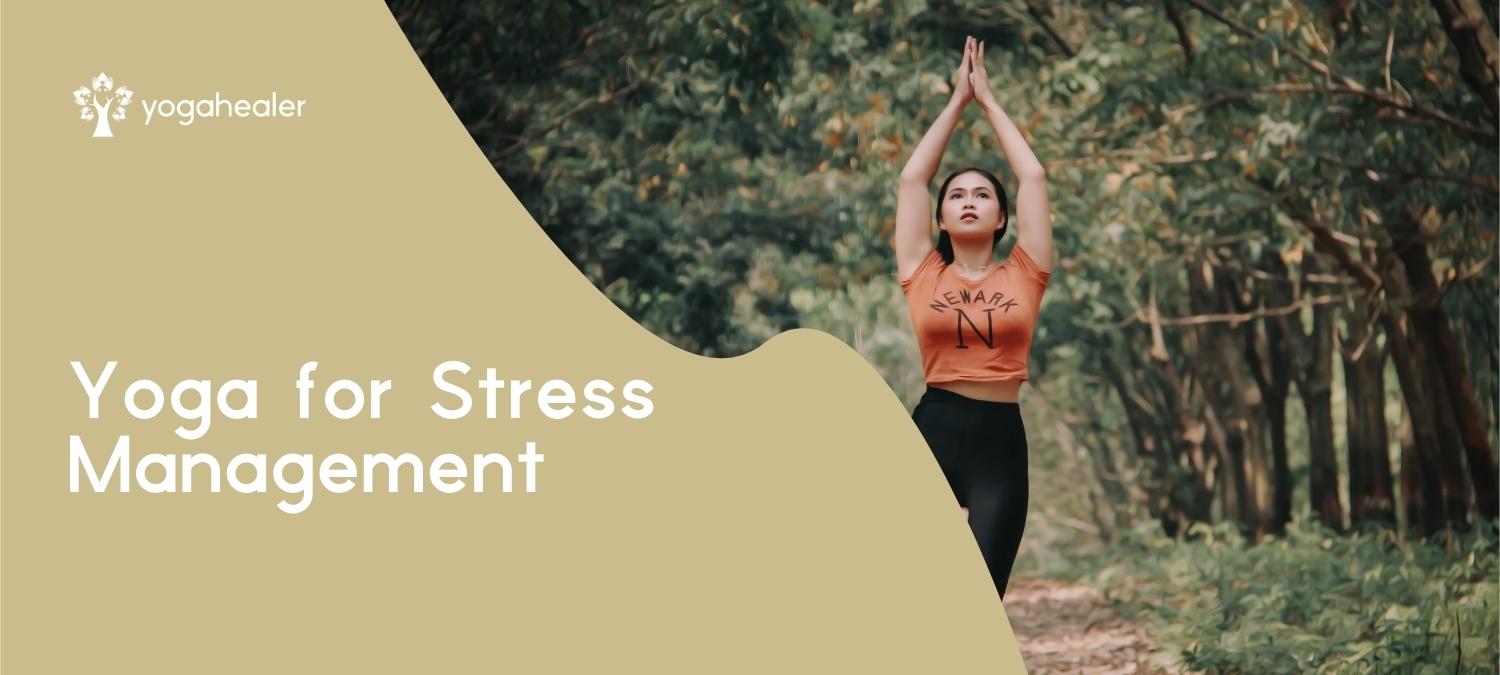
I am a huge believer in using yoga for stress management and stress relief. I do it myself. For that reason I thought I would share some yoga poses that can help you deal with daily stress and even depression.
When I think of stress, as an Ayurveda practitioner, I always think about which type of stress we are dealing with. Is it a Vata type of stress? A Pitta type of stress? Kaphas usually don’t experience stress, it is not their disease pattern. So even if someone is overweight, there is usually a Vata or Pitta imbalance underneath that in today’s world.
Let’s look deeper at Vata stress versus Pitta stress. Vata is the energy of wind, it’s moving air through ether, air moving through space. Whereas Pitta is the energy of fire and digestion. They are incredibly different energies. Land versus Fire. The way you calm down the Land is not the same as the way you put out Fire.
One of the ways to differentiate what type of stress you are suffering from is to ask yourself, “What are the key emotions in my stress? Is it frustration? Is it Criticism? Anger? Aggressiveness?” If you said yes to any of these, you are dealing with Fire. Which means you need a yoga practice that will reduce your Pitta.
If, on the other hand, you are suffering from Vata stress, you will feel overwhelmed and like you can’t get it all done. You might feel incompetent and disorganized. That is how an imbalance of land energy shows up. And if that’s the case, you need to focus on stress-reducing techniques that are specific to Vata.
Yoga for Pitta Imbalance
When you are suffering from a fire type of stress, it usually means you are trying to get too much done. I speak from personal experience. When you have an endless to-do list and an impossible time frame to get it done, you build up frustration.
To get rid of that type of stress you need to start creating space. That is why a lot of techniques to reduce Pitta involve opening up the third chakra. The third chakra is located on the exact spot where you get angry – in your place of personal power. When things don’t go your way and stress starts building up, you need to give the third chakra some room to breathe.
Before you start with poses for reducing Pitta, you need to surrender. This is probably the hardest part – to let yourself go and not put pressure into the practice of yoga itself. In order to reduce Pitta it is more about a functional non-practice than holding postures. You should try to feel, move and breathe, to open your body to space. Allow your breath to lead.
You should allow water in. Try a lot of gentle backbends, like a simple bridge pose. You can come down from that and roll onto your belly and stretch your arms out in front of you and your legs out behind you like Superman. And think about how much space the third chakra has.
The apex of the practice can be some hip openers, which allow the energy to go down. It can be seated hip openers or standing poses that open the hips. Open hips allow the heat to transcend up and down, without getting trapped in the solar plexus. You may notice that as you do these hip openers, you start to exhale more deeply.
As you create more space with your practice, you will notice different ways of doing things. You will see where you can align to deeper ease and that’s when you know your yoga practice actually worked.
Yoga for Vata imbalance
When you have a Vata pattern of stress, you usually have a feeling of overwhelm and a scattered mind. When you are scattering your energy to the wind, you can’t gain potency of action or take aligned action to achieve what you desire. What you want to do in this case, is bring all those energies scattered to the wind and bring them down into the root.
This type of practice has more to do with borrowing energy from the outside inward and from the upward downward. We want to cultivate the energy of earth, water and fire. For that reason, in the beginning, the practice is similar to the Pitta practice. You want to pull the breath and start to organize your body.
Let the greater energy of breath start to pull all those disparate energies and coordinate your hands and feet with the breath. You can bring the energies into coordination by having them be represented by your fingers, hands, toes, and feet. If you do sun salutations, let the breath move all the way through your hands and feet, through your fingertips, through your toes. As you exhale, go back to the center and just organize.
You are tapping into a universal energy that organizes and builds your faith through your practice. As your faith grows, you start trusting that there’s an organization of how you can align to show up. You can start by inhaling and extending your hands to the sky while standing. Then, as you exhale, you let your hands in front of the center. With this most basic expanding and contracting, you have become the pulsation of the Universe.
As the stress dissolves, the universal pulsation becomes a physical and emotional experience. You are moving the energy down into your feet, more into the root. When you feel the earth beneath you and experience the rootedness, you will notice it will generate heat. This fire and intensity allow you to actually navigate.
After trying some standing poses, you can do some hip openers. Allow the pelvis to widen, that is the water element widening, which starts to dissolve and dissipate in a field of support. You can then put some blankets on top of you, or a weight, so you can feel weighed down. Just that heaviness will help you feel your own physicality.
The important thing is that you feel calm and more relaxed. It is a sense of faith that the universe is supporting you. That will give you a sense of direction and confidence, which will help Vata stress.
Yoga for Depression
Stress is very different when it comes to depression. Some people associate depression with Kapha and an imbalance of water and earth. In this modern era, however, depression can come from overstimulation. This is the type of depression I see the most. When we are overstimulated, at some point, our bodies just refuse to be stimulated. We can try and try again, but if the body is exhausted then we won’t be able to get it going.
One of the first things I ask people going through this type of depression is if they are aligned to the rhythm of the yogis. Are they cultivating good habits? A lot of people battling depression stay up too late and get up too late. This type of habit is not aligned to our biological needs and the cycle of the day.
The best weapon against depression is to fall into rhythm and into good habits. It helps to get an earlier, lighter dinner, go to bed early and wake up early. This way, you allow your body and spirit to be in rhythm with the energies of the day.
I would also advise you to find a course. It is awfully hard for people with depression to do things on their own. When it comes to yoga practice for depression I would look to the underlying root cause of the burnout that led to depression. I want to look, not towards Kapha imbalances, but Pitta and Vata imbalances. So you should go through the practices described earlier.
Yoga is, without a doubt, a great weapon against stress. Hopefully you will be able to integrate some practices of yoga for stress management into your daily habits, and get rid of your dosha imbalances.
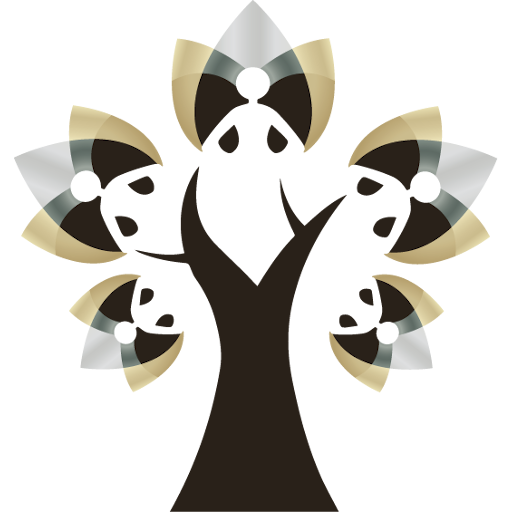






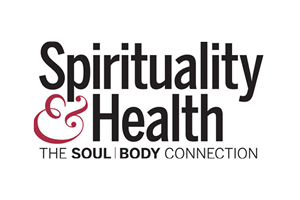
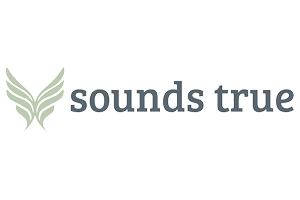



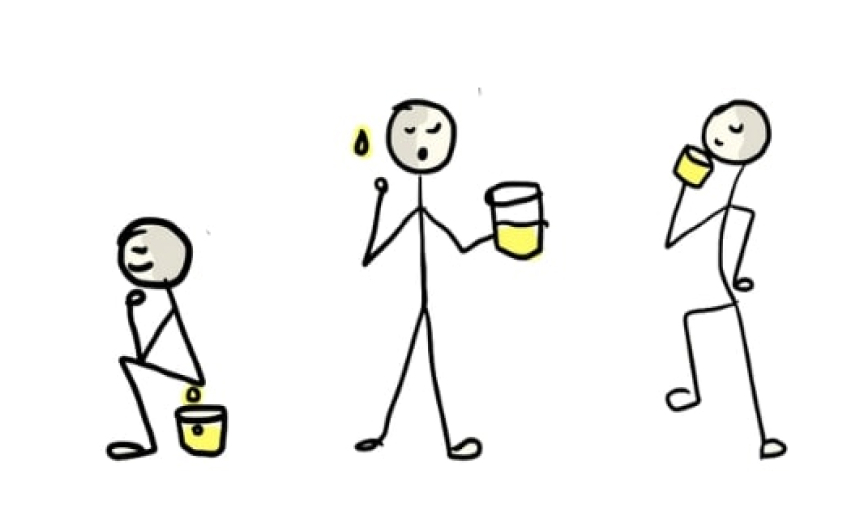
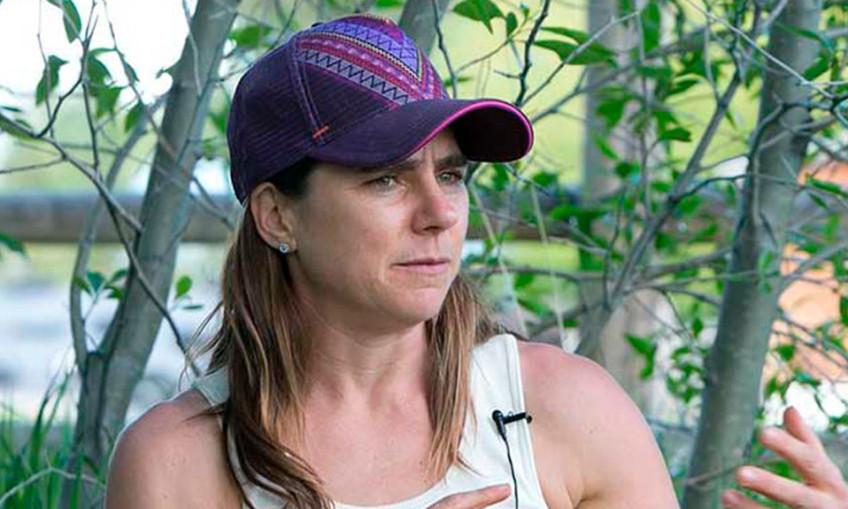

Comments
No comments yet, be the first to comment